Young logistics workers confused after graduation
At the Training Program for lecturers in Logistics and Supply Chain Management, many representatives of businesses and universities confirmed the fact that young workers are confused when entering a professional working environment.
"Many students cannot distinguish between the sender and the recipient, or have never even completed a complete set of import-export documents. These shortcomings are barriers that make it difficult for students to access real jobs even after graduation , " said Mr. Tran Tuan Duc, Director of Real Logistics Company.
They don't know where they are in the logistics chain, they don't know what they should do or who they need to connect with, and they lack both skills and an overall picture of their chosen career.
 |
"Many young people lack skills and general knowledge about the profession they have chosen," said Mr. Tran Tuan Duc, Director of Real Logistics Company. |
A lecturer from the University of Industrial Economics also asked the business: “With the current training program, what positions do businesses feel ‘difficult to recruit’ and ‘need to recruit’? What adjustments should we make? ”
The issue of how to train appropriately is also "making it difficult" for universities. Because a student graduating without closely following real needs is an unsuccessful result.
This shows that the problem of how to train properly is also "making it difficult" for universities. Because a student graduating without closely following real needs is an unsuccessful result.
The logistics industry, which is considered the “blood vessel” of the economy, is currently facing a shortage of teachers and workers. Many students are caught up in the “imaginary” images of the industry without a realistic view.
 |
Logistics includes a lot of "manual" work such as loading and unloading, counting goods, operating vehicles and managing warehouses. |
Ms. Phuong shared that logistics is not an easy job but also includes a lot of "manual" work such as loading and unloading, counting goods, operating vehicles and managing warehouses. In addition, the job also requires the ability to coordinate flexibly between many departments and high time pressure to ensure the supply chain operates smoothly. Therefore, students need to be exposed to reality early to understand each link in the industry and prepare well for future work.
Because of such incomplete perspectives, the consequence is that businesses waste time retraining, students lose direction, and schools "struggle" between theory and practice.
Meanwhile, the global trade context, the development of e-commerce and the need for digital transformation are putting great pressure on high-quality logistics human resources. If not changed in time, the gap between schools and businesses will widen, causing students to fall behind social needs.
Need a training ecosystem linked to practice
Faced with this situation, all parties involved agree that an effective coordination mechanism is needed between schools, businesses and state management agencies to train logistics human resources to meet actual needs.
 |
Mr. Tran Thanh Hai - Deputy Director of the Import-Export Department ( Ministry of Industry and Trade ) affirmed the importance of connecting and training high-quality human resources in the logistics industry. |
Representative of the State management agency, Mr. Tran Thanh Hai - Deputy Director of the Import-Export Department (Ministry of Industry and Trade) affirmed: "The management units will work together with schools and businesses to solve problems in training and practice. The output of the school is the input of businesses, if there is no connection, it will not be possible to create quality human resources" .
Dr. Phung Mai Lan - Deputy Head of the Faculty of Economics and Management, Thuy Loi University, emphasized the role of training programs is not only to equip specialized knowledge but also to help lecturers update practical skills, thereby "bringing reality into the classroom", conveying exactly what businesses need to students.
 |
Ms. Do Thu Phuong (left) and Dr. Phung Mai Lan (right) shared the need for businesses to accompany universities in developing a combined training model. |
From the business perspective, units are willing to accompany universities to share real-world data, accept interns, or develop a combined training model such as the CO-OP program proposed by the logistics association. This model allows students to “get a taste” early and know the job right after graduation.
In fact, some large enterprises in the industry have begun to build internal training centers or cooperate with schools to open specialized classes, invite lecturers from enterprises, organize vocational exams or short-term internships with direct guidance from experts. These models are highly appreciated because they create a more cohesive and effective "training ecosystem".
Joint training activities between schools, businesses and management agencies are the key to improving the quality of logistics human resources.
The output of the school is the input of the business, so when lecturers are equipped with practical knowledge, students have the opportunity to experience the real working environment, and businesses accompany and support, the logistics industry will have a team of professional personnel, promptly meeting the needs of development and international integration.
Only with a long-term, unified strategy can the Vietnamese logistics industry be competitive and develop sustainably in the current context of deep integration.
Source: https://nhandan.vn/logistics-mach-mau-kinh-te-va-khoang-trong-nhan-luc-tre-post883719.html












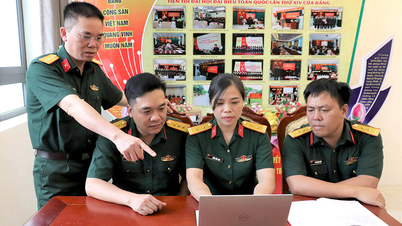

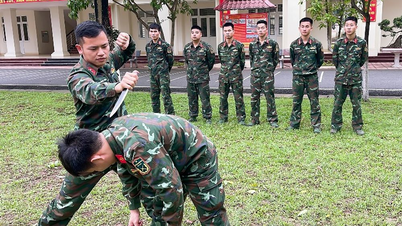
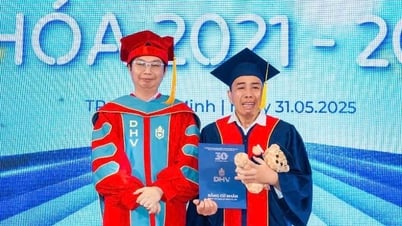











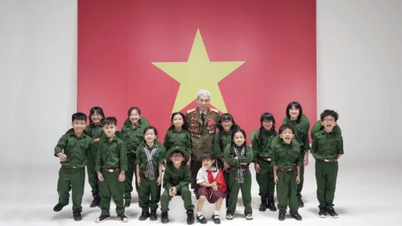
































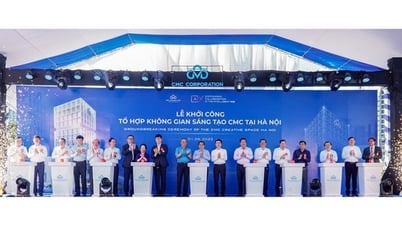

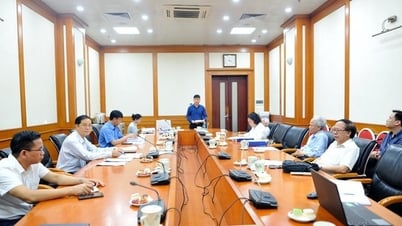










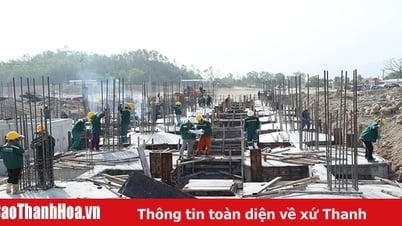

















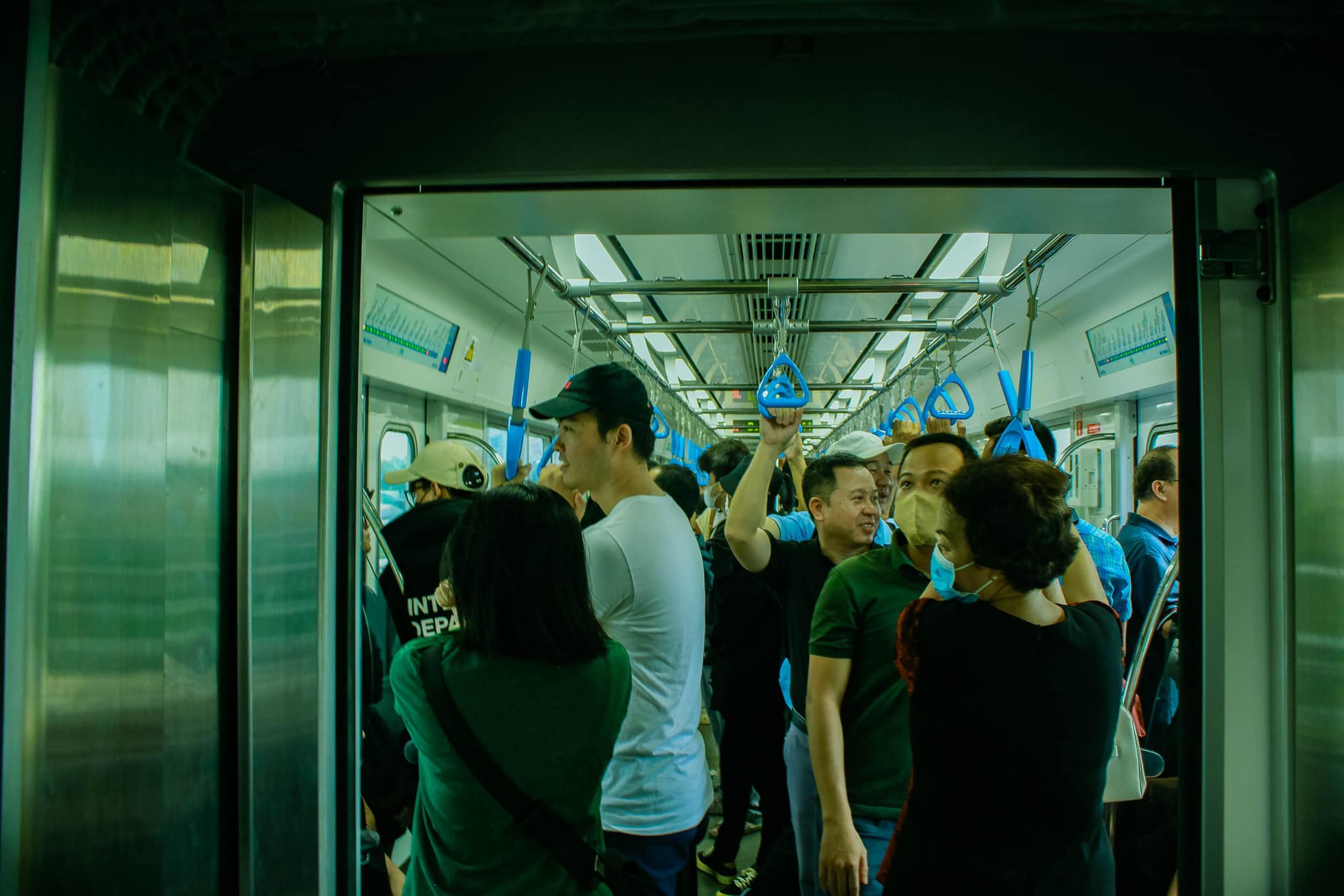



Comment (0)